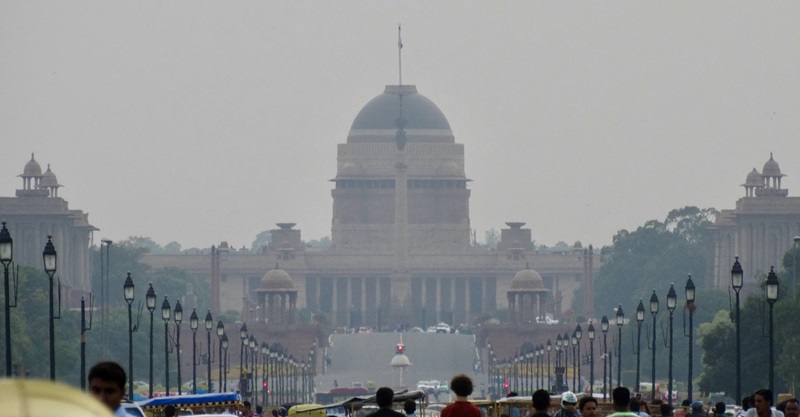Delhi, India’s bustling capital, has long struggled with a critical issue that refuses to go away: the ongoing battle against severe pollution. As winter approaches, inhabitants in the city brace themselves for an annual pollution outbreak that engulfs the capital. To understand how Delhi got to this point, we must examine the important causes leading to the city’s poor air quality and the ramifications of climate change and global warming.
Understanding the Variables
The concentration of fine particulate matter, specifically PM10 and PM2.5, which represent particles smaller than 10 and 2.5 micrometres, respectively, is used to assess air quality in Delhi. The Central Pollution Control Board of India has established safe limits for yearly and 24-hour averages of PM10 and PM2.5 at 60 and 100, respectively. Any reading above 150 is regarded as unhealthy, while those beyond 300 are considered dangerous.
The Culprits Have Been Revealed
The battle for clean air in Delhi is fuelled by a complex network of contributing factors that affect human health and have far-reaching implications for climate change and global warming. The core reasons for its annual gasp for air can be traced back to a variety of factors. These include coal, gasoline, diesel, gas, and biomass combustion in businesses and power plants. Furthermore, smoke from rural kitchens, an increase in vehicular traffic and its emissions, rising Compressed Natural Gas (CNG) prices, increased car ownership, and a trend toward diesel cars have all contributed to the escalating situation.
A severe lack of investment in public transportation, inadequate public infrastructure, unchecked construction activity, and the seasonal practice of burning crop residues in neighbouring states such as Punjab, Haryana, and Uttar Pradesh all contribute to pollution levels, exacerbating the ongoing global climate change and global warming crisis. According to Sharma et al., during the fall and winter months, a whopping 500 million tons of crop residues are set ablaze across the Indo-Gangetic plains, releasing enormous volumes of greenhouse gases into the atmosphere.
According to a study by Sindhwani and Goyal, automobile emissions alone account for approximately 72% of Delhi’s overall air pollution load. This estimate adheres to the Intergovernmental Panel on Climate Change (IPCC) emission factor and activity-based approach.
Smog: A One-of-a-Kind Offender with Global Implications
The haze in Delhi is unique because it is caused by the confluence of pollution sources inside and outside the city. The blend of rural and urban pollutants is most noticeable during the colder winter months. This convergence is aggravated by the region’s extremely slow air currents, which trap polluted air and allow it to remain. Apart from posing a severe threat to the health of Delhi’s residents, this chronic smog also contributes to climate change and global warming.
Topography as a Catch
North India’s topography is a key cause for growing Delhi’s pollution crisis. The region functions as a basin, trapping and containing pollution. Because of this geographical anomaly, it is difficult for the millions of people inhabiting this area to avoid breathing the deadly air. The consequences are so serious that there have been incidents of mass reverse migration, with people fleeing Delhi to rural areas outside the pollution zone in search of cleaner air.
The extreme pollution levels in Delhi are the result of a complex interaction of factors ranging from industrial and traffic emissions to topographical limits. These factors greatly impact human health and have profound consequences for climate change and global warming. It is critical that policymakers and individuals work together to address these concerns in a sustainable and environmentally conscientious manner. Only by recognising the causes and focusing on long-term remedies can Delhi hope to breathe freely again and contribute meaningfully to the fight against climate change and global warming.
Sources
NCBI
Downtoearth
CPCB
Impact of agriculture crop residue burning on atmospheric aerosol loading



